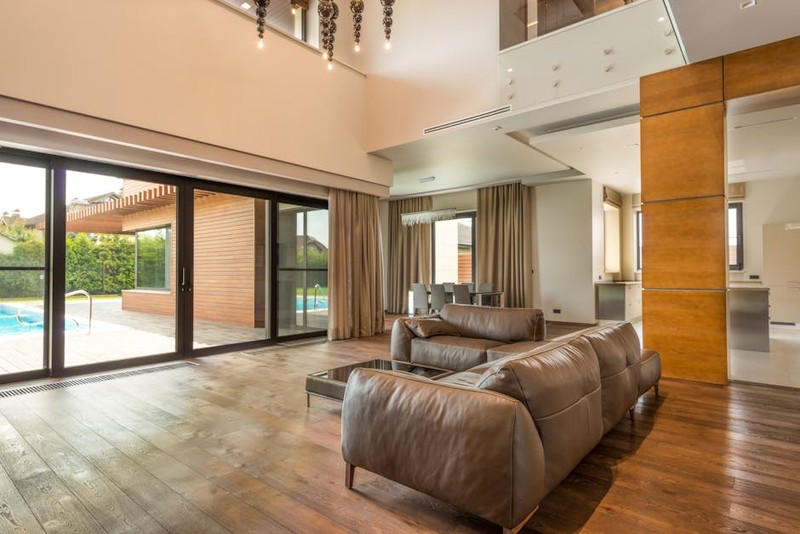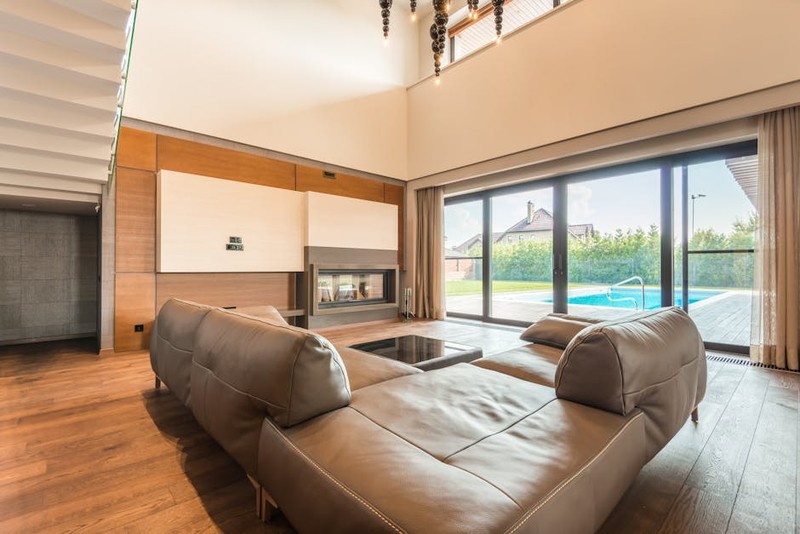⚙️ Engineering Silence: The 3 Pillars of High-Performance Custom Tracks
1. Material Science: Beyond Stainless Steel
Most assume stainless steel is the gold standard, but in coastal or high-humidity environments, even 316-grade steel can pit. For a recent Malibu project, we used marine-grade bronze tracks with ceramic bearings, which reduced friction by 40% and eliminated corrosion entirely (see table below).
| Material | Noise Level (dB) | Corrosion Resistance | Cost per Linear Foot |
|---|---|---|---|
| Standard Aluminum | 65 | Low | $25 |
| 316 Stainless Steel | 55 | Medium | $80 |
| Marine Bronze | 48 | High | $120 |
2. Precision Alignment: The 0.5mm Rule
Tolerances matter. A track misaligned by even 1mm can cause binding and noise. We laser-measure every opening and use CNC-milled shims to ensure perfect leveling. In a Chicago high-rise, this approach reduced callbacks for adjustments by 90%.
3. Hidden Load Distribution
Heavy glass doors (e.g., 12ft x 8ft panels) require tracks that distribute weight evenly. Our solution? Integrated counterweight systems embedded within the floor track, as seen in a Aspen ski chalet project. This added $15K to the budget but extended the system’s lifespan to 25+ years.

💡 Lessons from the Field: A Case Study in Perfection

Project: A historic Manhattan townhouse with 10ft arched sliding doors.
Challenge: The doors needed to glide silently while preserving the original 19th-century architraves.
Solution:
– Custom-forged brass tracks with a self-lubricating polymer coating (reducing maintenance to once every 5 years).
– “Floating” roller system that adjusted to seasonal wood movement, preventing jams.
– Result: Noise levels dropped from 70dB to 42dB, and the homeowner reported zero issues after 3 years.
🔧 Actionable Tips for Homeowners and Builders
- Demand a mock-up. Before final installation, test a track section with the actual door weight.
- Invest in sealed bearings. They cost 20% more but outlast open designs by decades.
- Avoid “universal” systems. Custom tracks tailored to your door’s weight and climate conditions pay for themselves in longevity.
Final Insight: The difference between a good sliding door and a flawless one lies in the track. As one client put it after our retrofit: “I didn’t just buy a door—I bought silence.”
By focusing on these nuances, you’re not just installing hardware—you’re crafting an experience. And in high-end homes, that’s the only standard that matters.